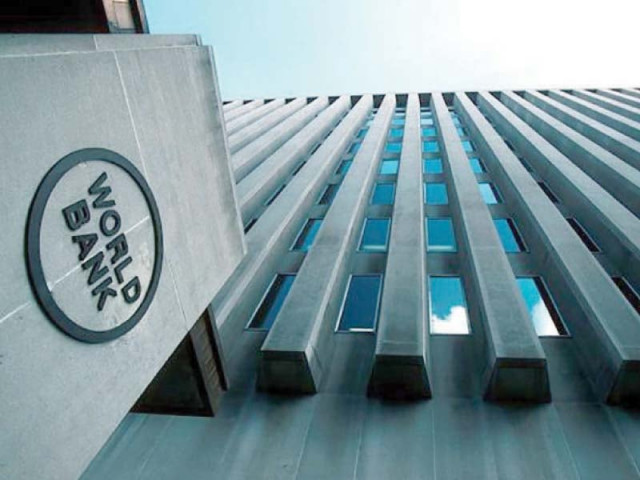World Bank approves $450m loan
Will support Pakistan’s transition to renewable energy resources

The World Bank has approved a loan of $450 million to support Pakistan’s transition to renewable energy resources that will reduce its reliance on fossil fuel imports and lower cost of electricity production.
The Khyber-Pakhtunkhwa Hydropower and Renewable Energy Development project will help shift the national energy mix to clean resources by investing in renewable energy generation, including hydroelectric power and solar, in Khyber-Pakhtunkhwa (K-P) province, according to a statement issued by the local office of the World Bank on Friday.
The $450 million, a mix of commercial and concessional financing, would also help strengthen energy sector institutions to better manage a growing portfolio of renewable energy projects across the province, it added.
The total cost of the project is $782 million, out of which the Washington-based lender’s share is $450 million.
The World Bank lending comprises $250 million of International Development Association credit and $200 million of International Bank for Reconstruction and Development (IBRD) loan.
Private and commercial capital is estimated at $223 million, which will be mobilised through local commercial banks, export credit agencies (ECAs) and private sources, according to a project document of February this year.
The document stated that the remaining $134 million would be arranged by the K-P government.
Project area includes Upper Dir and Swat districts, which are part of the Malakand Division of K-P province.
“This project supports Pakistan’s goal to become a low-carbon, renewable energy-reliant economy by 2030 and contributes to its national target of reducing greenhouse gas emissions to combat climate change,” said World Bank Country Director for Pakistan Najy Benhassine.
“It will facilitate the expansion of renewable energy in Khyber-Pakhtunkhwa by identifying and preparing solar and hydropower projects that are technically sound, environmentally and socially sustainable, and investment ready.”
The project will provide low-cost and low-carbon electricity to consumers and will support economic development of those communities near the hydroelectric power and solar projects by revitalising infrastructure, creating jobs and supporting the development of tourism activities.
“To scale up renewable energy in K-P, the project includes a comprehensive skills training programme to build technical capacity in identifying investment opportunities, preparing projects, and mobilising commercial financing,” said Mohammad Saqib, Task Team Leader for the Khyber-Pakhtunkhwa Hydropower and Renewable Energy Development project.
“In addition, by installing solar photovoltaic systems onto hydropower assets, production capacity is expected to rise and generate greater return on investments.”
The project document underlined that one of the key fiscal risks was the underperformance of state-owned enterprises (SOEs) in the power sector.
The overall power sector debt (circular debt) as of June 2020 totalled Rs2.15 trillion and a large share of this debt will eventually become a fiscal liability that the government will have to settle.
This was in addition to about Rs2.5 trillion in subsidies provided by the government over the last 10 years (FY10-FY19) to maintain tariffs at a lower rate, said the World Bank.
In FY19, the energy subsidies constituted 92% or Rs250.5 billion of total federal subsidies.
Despite a huge hydroelectric power and renewable energy potential, Pakistan’s electricity supply is becoming more reliant on imported fossil fuels, incurring high costs and price volatility, and makes energy sector the largest contributor to Pakistan’s greenhouse gas emissions.
In the first year of the Pakistan Tehreek-e-Insaf (PTI) government, 40% of the total electricity generated and 55% of thermal generation was through imported fossil fuels, requiring $4 billion in fuel payments for power generation.
Published in The Express Tribune, September 26th, 2020.
Like Business on Facebook, follow @TribuneBiz on Twitter to stay informed and join in the conversation.


















COMMENTS
Comments are moderated and generally will be posted if they are on-topic and not abusive.
For more information, please see our Comments FAQ